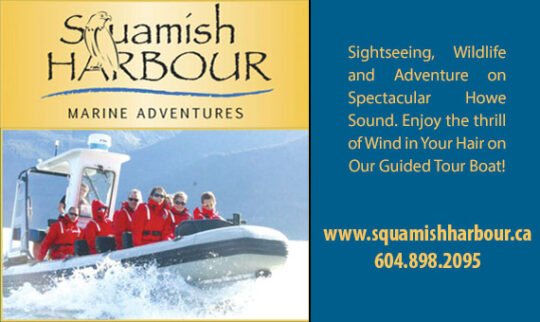
A grant from Squamish Community Foundation has enabled a European Green Crab Early Monitoring Program in Howe Sound.
The program will be implemented by the Sea to Sky Invasive Species Council.
European Green Crabs are aggressive, territorial, and have destructive feeding habits, and are considered one of the world’s worst invasive species.
The program aims to determine if this invasive crab has found its way to Howe Sound. While European Green Crabs have been found along the coast of Vancouver Island, in Boundary Bay, and in other parts of coastal BC, there are no records of the crabs in Howe Sound yet.
A team of volunteer citizen scientists have been monitoring two sites at the mouth of the Squamish Estuary and one site in Furry Creek for the crab.
“We’re concerned that if a population establishes in Howe Sound, they could severely impact native ecosystems, in particular the eelgrass beds in the Squamish Estuary, which are home to juvenile salmon and many other native species,” said Clare Greenberg, the Executive Director of the Sea to Sky Invasive Species Council.
The invasive crab feeds on many different organisms, including juvenile native crabs, mussels, oysters, clams, marine worms, small fish, and crustaceans.
When they are digging around in sediment for food, they tear up and cut eelgrasses, Greenberg said.
If the volunteers do find a European Green Crab, a scientific license allows them to keep the invasive crab and take it to local Fisheries Officers for further analysis.
The program was launched this spring, and SSISC hope to continue it for years to come.



